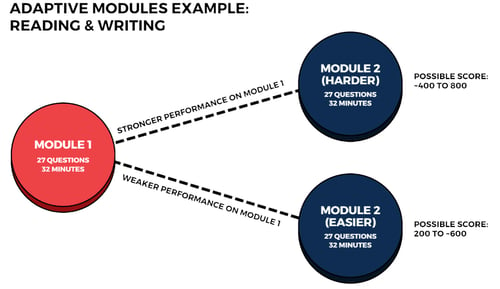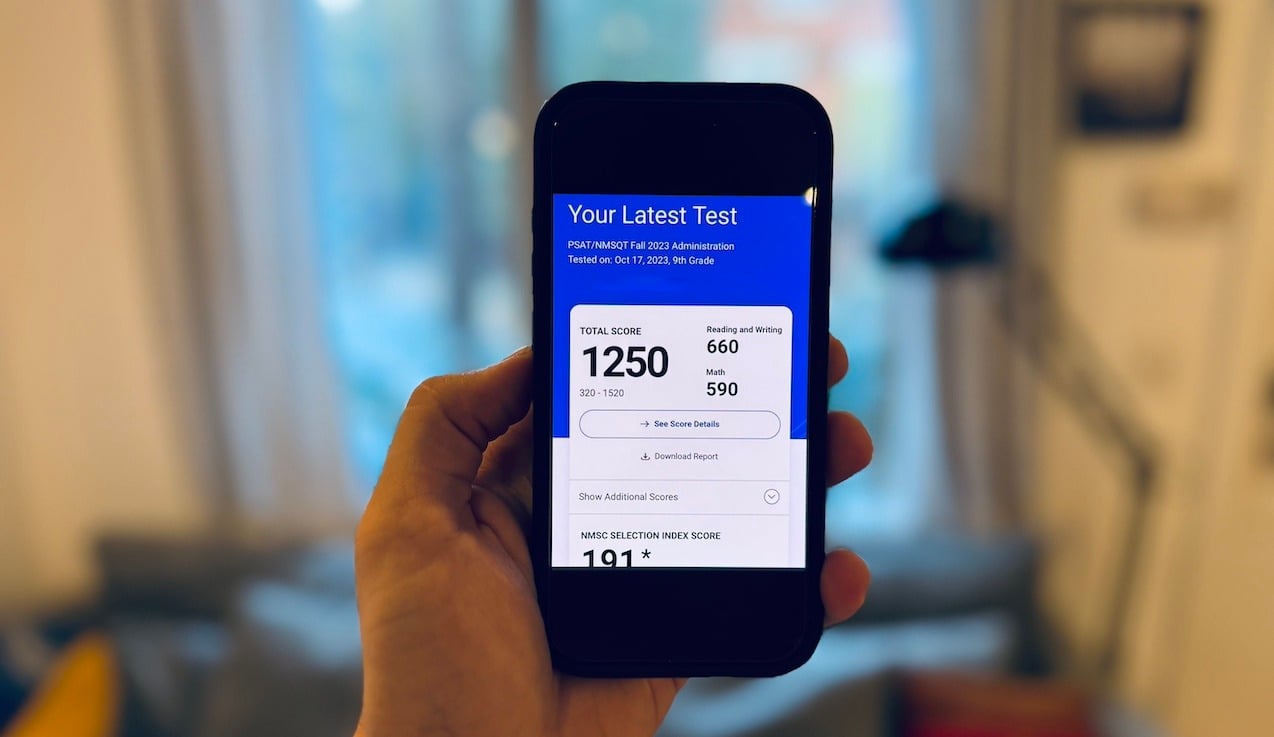The much-anticipated rollout of the digital SAT (and the end of the classic, paper-and-pencil experience) has begun. Last March, students outside of the U.S. were the first to take the new version of the test, which represented some of the biggest changes in the exam's almost 100-year history.
U.S.-based students still have a little longer to wait. The digital SAT will begin to be administered in the U.S. in March 2024, so the class of 2025 will be the first to be affected by the changes. For the majority of current high school students, it’s important to understand what the new digital SAT is all about—and how you can prepare.
Here’s what you need to know:
1. The test is digital.
Though all SATs will still be held at official testing centers, students will take the exam through an
application called Bluebook
which can be downloaded to their computer or tablet. Like any other app, there will be a slight learning curve to using Bluebook well. There are a lot of great new features built in (like an annotation tool and graphing calculator!), but it may not be immediately clear how to get the best use out of them.
WHAT DOES THIS MEAN: You will want to familiarize yourself with Bluebook before the test. Learn how to use all the built-in features by downloading Bluebook early and using the “Test Preview” function.
2. The test is adaptive (and shorter!).
The digital SAT still has two major sections, Reading & Writing and Math, but these sections are now adaptive. Here’s how this works:
- Each section has two back-to-back "modules."
- The first module in each section will be at the same level of difficulty for all students.
- The second module, however, will send you down a “lower” or “upper” path depending on how well you did on the first module.

WHAT DOES THIS MEAN: The change to adaptive testing will also require a slight change in test strategy. It will be helpful to take a full practice test with the Bluebook app, ensuring that the new structure doesn’t catch you off guard on your official test day.
3. The test has almost the same scoring system.
The full test will be out of 1600 points, and the Reading & Writing and Math sections are each out of 800 points. However, how many correct answers you will need to reach a certain score will depend on question difficulty and whether you took the “lower” or “upper” path in each section’s second module.
WHAT DOES THIS MEAN: The College Board insists that scores on this test will be equivalent to scores on the old SAT. That is, a 1240 on this test should equate to a 1240 on the old test for colleges, and colleges can "superscore" across tests.
4. The test has almost the same content.
The College Board claims it is testing the same content, in a slightly different format. There are some nuances here, but we agree that the core content is the same. There are some differences in presentation and question type, and the digital SAT will require some novel strategies.
But you won’t need to learn new content for this test to do well.
WHAT DOES THIS MEAN: The digital SAT and paper SAT are similar enough in content that prep for one should transfer nicely to the other. However, success on the digital SAT will require new strategies. Don’t underestimate the importance of these small differences for your prep!
5. You can start practicing NOW!
The Bluebook testing software is already
available for download from the College Board website. You can download it, log in with your College Board account, and access their four digital practice SATs immediately. And for some additional free practice,
Khan Academy has continued its partnership with the College Board and now provides free learning and practice resources for the digital SAT.
WHAT DOES THIS MEAN: If you know that you will be taking the digital SAT, you can start orienting to it now. However, if you’re not an international student, we’d advise you wait to take the practice tests—good practice content is hard to come by, so save the practice tests until closer to your first official test.
READ MORE: The Most Popular Question I'm Asked About AP Exams
The new digital SAT is a big change, but it also presents new opportunities for students and families. By familiarizing yourself with the new format and making the most of new features, you can be well on your way to a successful test-taking experience. So, embrace the change and get ready to conquer the new digital SAT!
READ MORE: The Most Popular Question I'm Asked About AP Exams
The new digital SAT is a big change, but it also presents new opportunities for students and families. By familiarizing yourself with the new format and making the most of new features, you can be well on your way to a successful test-taking experience. So, embrace the change and get ready to conquer the new digital SAT!











